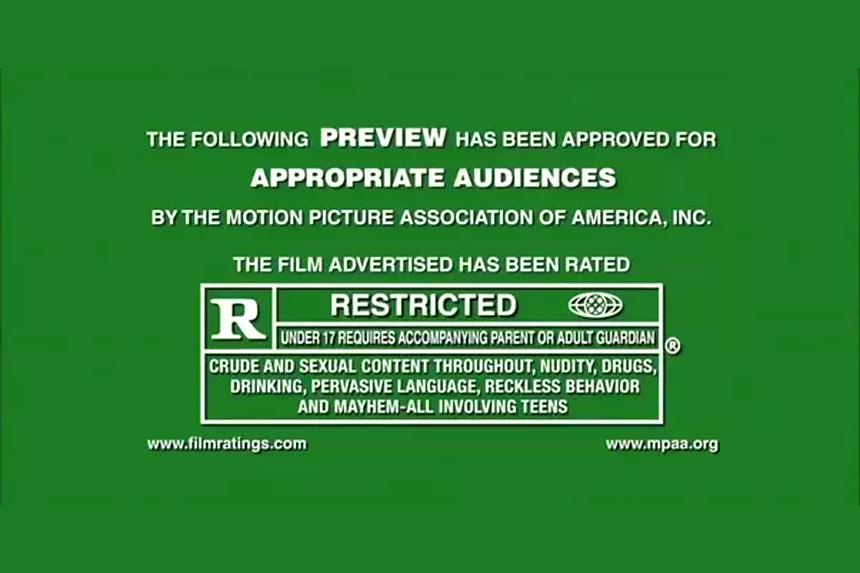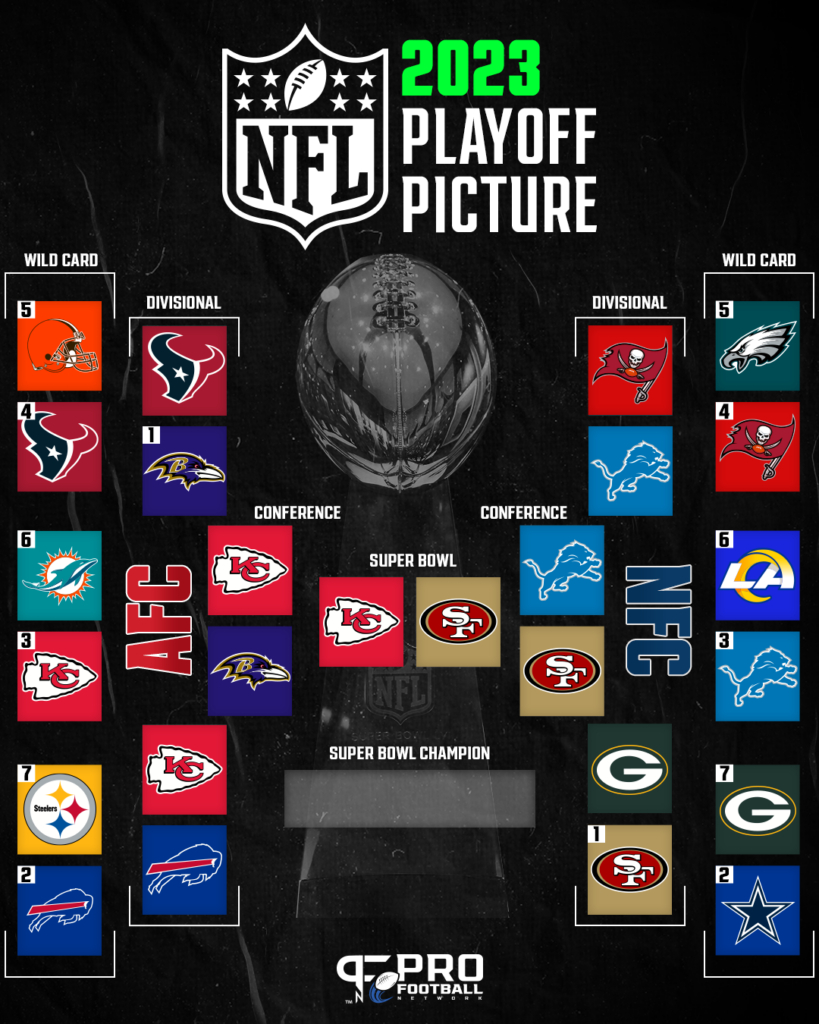The Motion Picture Association of America (MPAA) celebrated 50 years of movie ratings this year. These white boxes with all caps text on the iconic green background have become a regular feature of movie trailers. and sometimes controversial, ratings.
According to the MPAA, the ratings are G, PG, PG-13, R and NC-17. G stands for General Audiences and labels a movie as family friendly. PG stands for Parental Guidance Suggested, which is very similar to a G rating, but it contains some content that parents might not want their kids to watch, usually because of the ever-present descriptor: “Crude Humor,” which means the content is using jokes that are “crude,” like fart jokes.
After the kid-friendly ratings, PG-13 stands for Parents Strongly Cautioned for reasons such as partial nudity, bloodless violence, language and drug references. R-rated films are Restricted movies where there are usually a few instances of sex, extreme violence, or drug references. Viewers 17 and older can purchase a ticket for themselves, while anyone under 17 must be accompanied by an adult for such movies. One must be 21 to buy a ticket to an R-rated movie for a minor under 17. NC-17 is for 17+, usually for extreme acts of violence or prolonged sex scenes.
Shawn Rottinghaus, a junior at RBHS said the role of movie ratings is essential especially now that a lot of movies have violence and are more often rated R. He added it also guards against kids “getting pretty scarred.”
“I know a lot of people on the internet that took their little kids to see ‘Joker” or “Deadpool,’ and they were shocked that it was bad, even though it was rated R,” Rottinghaus said. “Without the movie ratings, it wouldn’t just be [those] people. It would be everybody. I remember when I was like 12, my dad took me to see ‘21 Jump Street,’ and it was a bad movie. It was pretty funny, but thinking about it now, it was a pretty bad parenting move.”
There was a time when movie ratings didn’t exist at all. When movies first emerged in the 1900s, there were local and state censorship boards that would ban or edit movies being shown, for anything from blasphemy to educational films that showed instructions for new dances in fear that it might lead youth to places with liquor. The Supreme Court ruled in 1915 that movies were not under the jurisdiction of free speech because it was a commercial enterprise, which allowed local censorship boards to censor movies with a court order.
To get the government’s hands off of the movie industry, in 1922 the biggest movie studios Paramount, Universal and Fox created a governing regulatory body called the Motion Picture Producers and Distributors Association (MPPDA). The new organization created a set of rules called the Hays Code in 1934 for movies to follow.
Some of the rules in the Hays Code seem prude for the standards of today, according to the MPAA, with bans on scenes with toilets or “lustful” kissing. It also contained bigoted rules such as one that forbade movies to portray interracial couples, and these rules ultimately encouraged whitewashing of movies in fear of being accused of violating the interracial couples rule.
Directors like Alfred Hitchcock inevitably skirted around the code, like when Hitchcock bypassed the rule that prohibited kissing that lasted longer than three seconds. He slyly had his characters alternate dialogue and kissing for over two minutes, while never having their lips touch for over three seconds in the movie “Notorious”.
After movies that violated the code became box office successes, more flouted the rules, and the system fell apart. State censorship boards ruled again, until Jack Valenti, the head of the MCAA, created the current rating system in 1968 with 2 exceptions; there was no PG-13, and NC-17 was referred to as X.
“Indiana Jones and the Temple of Doom” was released with its gory scenes, and director Steven Spielberg proposed a rating in between PG and R, and then in 1984, the PG-13 rating was created. In the 1990s, pornographic films marketed their films with X-ratings, and to disassociate themselves from those movies, the MCAA changed the X-rating to NC-17.
Valenti later said in a newspaper article that his system wasn’t perfect but was a better alternative than government censors.
“We do not assert that the rating system is perfect,” Valenti said. “When someone criticizes it to me, I always ask: ‘Do you have an alternative – a plan better than ours outside the bludgeon of the law?’ For that is the alternative I see…censorship and classification by law. If censors should be set loose upon the land to curb the freedom of the motion picture, can anyone seriously believe that any medium – newspaper or magazine, radio or television could much longer be safe? Or any individual?”
Many critics said the movie rating system is flawed in what goes into each rating and how movies are rated. The rating board consists of eight members of parents that live in the Los Angeles area.
There are some ambiguities and inconsistencies in what goes into a PG-13 or R-rated film. For PG-13, one utterance of the f-word is allowed, but any after will cause it to get an R rating. If it is used in a sexual sense, then it immediately is an R-rated film. this rule doesn’t apply to other cursings, however, like in “Knives Out,” where a character says “eat shit” repeatedly, and it keeps its PG-13 rating.
Ragtag Cinema programmer Ted Rogers said a problem with the rating system is that no one knows what the criteria really is for each of the ratings.
“The ratings board is made up of volunteers of random parents, and how the members are selected has been shrouded in secrecy,” Rogers said. “So, what goes into a rating can change based on who is rating the film because there is no set criteria. Even the f-word rule is speculation. It’s not like its a numerical value of what goes into the ratings. It’s not like sex gets 10 points off, guns, six points, fuck is two points and smoking a half point. You can shoot someone in a PG film. I don’t know why, but that can also change because we don’t know how often this board changes people, and they all bring their own sets of morals.”
Nudity is especially vague, especially when it is regarding different genders. Shirtless men are allowed in G-rated films, while topless women get at least a PG-13. Fully nude men get an R-rating, but fully naked women are seen in PG-13 movies.
This ambiguity has caused controversy for some movies. A recent example is “Eighth Grade,”a movie directed by Bo Burnham about a girl who goes through the awkward time of adolescence The movie is aimed at middle schoolers but was rated R because of a few curse words and adolescent talk about sex in the film.
Rogers said another problem with the rating system is that the MPAA never tells the director why their movie was rated that way.
“A famous example is with John Waters and ‘Pink Flamingos.’” Rogers said. “He submitted the film and it got an NC-17 rating. That is almost like death for a movie because not a lot of people are going to be able to see it. He asked why and the MPAA just shrugged its shoulders and said, ‘We aren’t in charge of explaining. We just rate it.’ He had to make about two or three cuts until it became an R-rated film but he never knew exactly what was the offending piece because nobody explained it.”
Junior Daniel Forte said the rating board needs to update how they rate movies in the changing times of 2019. He said a lot has changed in public attitude about certain content, and that needs to be reflected in movie ratings.
“I think [movie ratings] are necessary for people to know what they are going into, but also sometimes, I feel like the ratings are too strict on what goes into a PG-13 movie versus an R-rated movie.” Forte said. “I think the definition of what goes into each of the ratings has changed and what is allowed [in society] has changed. ”
Echoing Forte, critics of the movie rating system also cite the rising intensity of violence and the prudish consideration of nudity in film ratings. As Charles Bramesco from Vox put it, “The American fetish for barbarism has seeped into the national film culture with a quiet insidiousness, creating a governing body that writes off mass destruction as no biggie while going for the fainting couch at the sight of a second nipple.”
Forte also thinks the rating system should be reformed into subcategories for people who cannot handle violence sex, or other factors.
“I think we need to rework how we rate films so it’s based on subcategories of what possible triggers people might have instead of one restricting rating,” Forte said.
Rogers said Ragtag does not rate its movies and does not bar entry for anybody because they are not required to. He said it was because “we believe in media literacy.”
“We don’t bar entry because with the political climate right now if a movie is a queer film, it was likely rated R, and we don’t want to discourage a 15 or 14 year old trying to discover themselves by watching let’s say, ‘Brokeback Mountain.’ ” Rogers said. “One of the bigger theaters that are owned by a chain that adheres to the MPAA guidelines, wouldn’t let you in because it is rated R. This has very real things because not every theater is Ragtag. The film industry is unsustainable right now. It takes advantage of giant companies, giant modes of distribution, and if the big studios say, ‘You have to follow these guidelines or we won’t send you films,” you’ve got to play ball. There is material censorship because if you make a film that pisses off the MPAA or it’s not rated, it likely will never be shown.”













































































